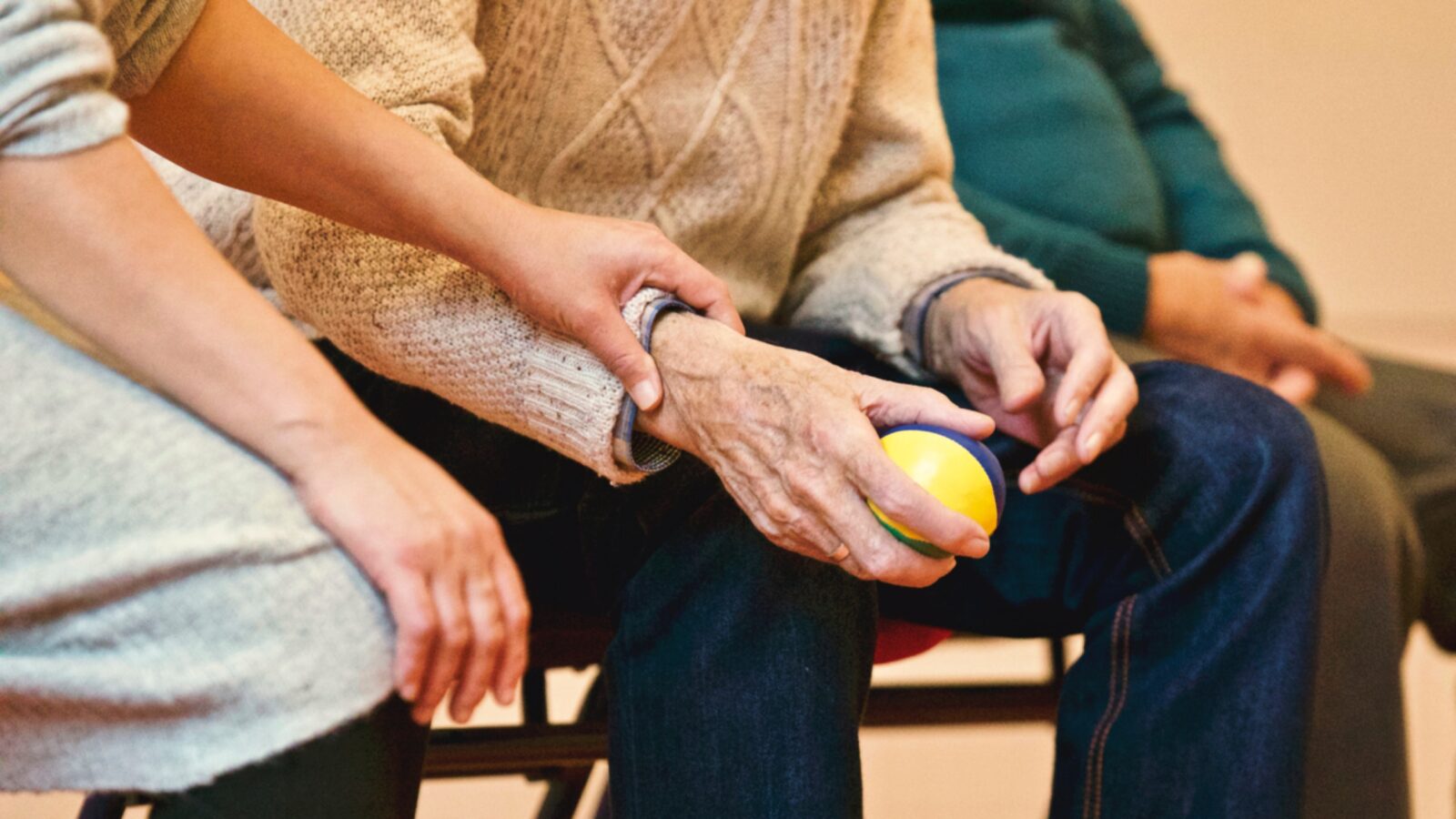by Carolyn Fields
With some high profile celebrity suicides in the news, more and more people are talking about middle-age suicide. The CDC (Center for Disease Control) reports that suicide rates for middle-aged adults have recently seen a significant increase. While the mechanism may differ (women tend to take pills while men employ more violent methods), a consistent finding is that suicides peak in middle-age. It is not just a young person’s tragedy.
Middle-age suicides are deaths of despair, where the person only sees a future of depression, pain, and misery. The good news is that suicide is ultimately preventable, if you know what to look for and what to do about it.
Obvious Signs of Middle Age Suicide
Sometimes a person will show obvious signs of despair, such as talking with family and friends about their unbearable pain. Stated simply, the stressors in life have exceeded their current coping abilities.
They may be moody, irritable, or become uncharacteristically aggressive. Disruption of sleep patterns (sleeping a lot less or a lot more than usual) is another overt sign of trouble.
They may even take steps that show they are preparing for death, like giving away prized possessions, putting their affairs in order, or openly looking for ways to end their life. These obvious signs are not always present, however.
Out of the Blue
When someone takes their own life who outwardly seemed happy and stable, the first question on everyone’s lips is “why?” Unfortunately, middle-age suicide often comes as a shock, where the friend or loved one was not showing any recognizable signs of struggle until it’s too late. Men, in particular, are less likely to share their struggles with others, so their deaths will often seem sudden and unexpected.
Still, there are warning signs, if you are familiar with what to look for. Here is a list of the most common factors:
Social isolation
You should be concerned when your friend or loved one frequently turns down invitations, doesn’t return calls or emails, and doesn’t initiate contact (or even actively avoids it). The person may still go to work, and they may even smile and appear happy on the surface. But they don’t have any other outlets, and they lose interest in activities and social events. Perhaps not all at once, but over time they become more and more withdrawn.
Don’t be fooled by seemingly “upbeat” posts on social media. Healthy relationships call for actual interpersonal contact, not just pictures and memes.
Alcohol or drug use
When someone you know takes up drinking or drinks more heavily than they used to in the past, it may be a sign of trouble. As for drug use, don’t limit your thinking to illegal drugs like cocaine.
Increasingly baby boomers are using anti-anxiety or antidepressant medication as a means of coping with mental health issues, rather than using therapeutic skills or services to manage life stressors.
The use of prescription narcotic pain relievers (e.g., Vicodin) has also increased, which can be very problematic when used in conjunction with alcohol.
Relationship changes
If your friend has experienced the death of a loved one, divorce, or has ended a relationship with their significant other, it would be wise to keep an eye on them for a while. While it’s natural to feel pain when a relationship ends. If it goes on for a long time without showing any signs of improvement, they may need help.
How long is too long? That’s going to be a personal assessment, based on your familiarity with your friend’s habits and personality.
Financial or legal problems
These are delicate topics for many people, which is why they are seldom discussed. But if a person is experiencing serious problems, to the point that they are in despair, it’s time to set your discomfort aside and talk with them. That’s doesn’t mean volunteering to handle their finances for them, or take over their legal affairs.
It means helping them realize that there are options and solutions to every financial and legal problem and that you’re willing to talk it out with them.
Career issues
The loss of a job can be devastating, even when it’s voluntary. For example, most people see retirement as a positive transition. However, others may view it as the loss of identity or purpose. Being there to talk through a transition like this can be very helpful.
How to Help
There is a misconception held by many people that they should “cheer up” a suicidal person by making light of their situation. Alternatively, you may fear that talking openly and directly about suicidal thoughts might prompt the person to act on their feelings.
As it turns out, bringing these problems out into the open with a trusted friend or relative may actually help ease suicidal thoughts. It will also help you figure out if further action is warranted.
Once you conclude your friend is at risk for suicide, it may be time to call in expert help. Unless you are a trained counselor, your best option is to reach one at 800-273-8255. A mental health professional is best equipped to help in cases of immediate danger.
Dealing with Depression
Perhaps your friend or loved one isn’t suicidal, but they are experiencing depression. There are many ways you can provide support.
- Resisting Comparisons. It has been said that comparing yourself to someone else is as bad for you as smoking cigarettes. Looking at other people on social media may cause us to think we’re not “keeping up” with others our own age. You need to help your friend realize that these sites only show us a highly selective view of other peoples’ lives. Reality is far more complex, and probably not nearly as attractive.
- The attitude of Gratitude. Challenge your friend to start a gratitude journal. Help them to start concentrating on their blessings, and not on their problems. You may have to remind them of their strengths, abilities, and accomplishments.
- Law of Attraction. Stated simply, the law of attraction is a belief that people can bring positive experiences into their lives by focusing on positive thoughts. Using a combination of positive thought and positive emotion is believed to “attract” positive experiences into your life. While this philosophy has its critics, visualizing a positive future is unlikely to be harmful.
- Listen. Make excellent eye contact, open your ears and close your mouth. Just listen. Giving someone your full attention, and showing that you truly care about them, can be very powerful.
Becoming an Advocate
The American Foundation for Suicide Prevention (AFSP) has been around for over 30 years. Their mission is to save lives and help people affected by suicide. If you go to their website (https://afsp.org), you will find information about their work, and a link to sign up as an AFSP Field Advocate.
These volunteers work with members of Congress and state legislators to advocate for public policies in mental health and suicide prevention. This could be your opportunity to help create a culture that’s more effective in dealing with mental health through education, community programs, and research.
Carolyn is a lifelong learner, musician, author, world traveler, truth enthusiast, life optimizer, and all around bon vivant. Working for 32 years at the Southern California Gas Company, she retired early at 55 to pursue projects that brought her joy and personal fulfillment. She is a freelance author, a contract instructional designer, and has published two books while currently working on a third. She writes articles and blog posts on topics from politics to weight loss. She is a patron of the arts, and finds great joy in playing an instrument, singing, and/or listening to music every single day.











I have struggled with treatment resistant depression and anxiety since my late teens. I just turned 58. I’m on antidepressants and anxiety meds, have been in therapy for years, even tried ECT to no avail.
Peri menopause began a downward spiral that included the onset of suicidal ideation which, since menopause, has worsened considerably. Took FMLA over the summer; resigned my job in September.
Tell me—what do I do now???
I am so sorry to hear of your struggles. As I wrote in my article, unless you are a trained counselor (which I am not), your best option is to reach one at 800-273-8255.
Start there. And continue with whatever other treatment you currently are on. Personally, I believe that you are on the right track, by continuing to read and seek answers.
Keep on looking – there are answers out there.